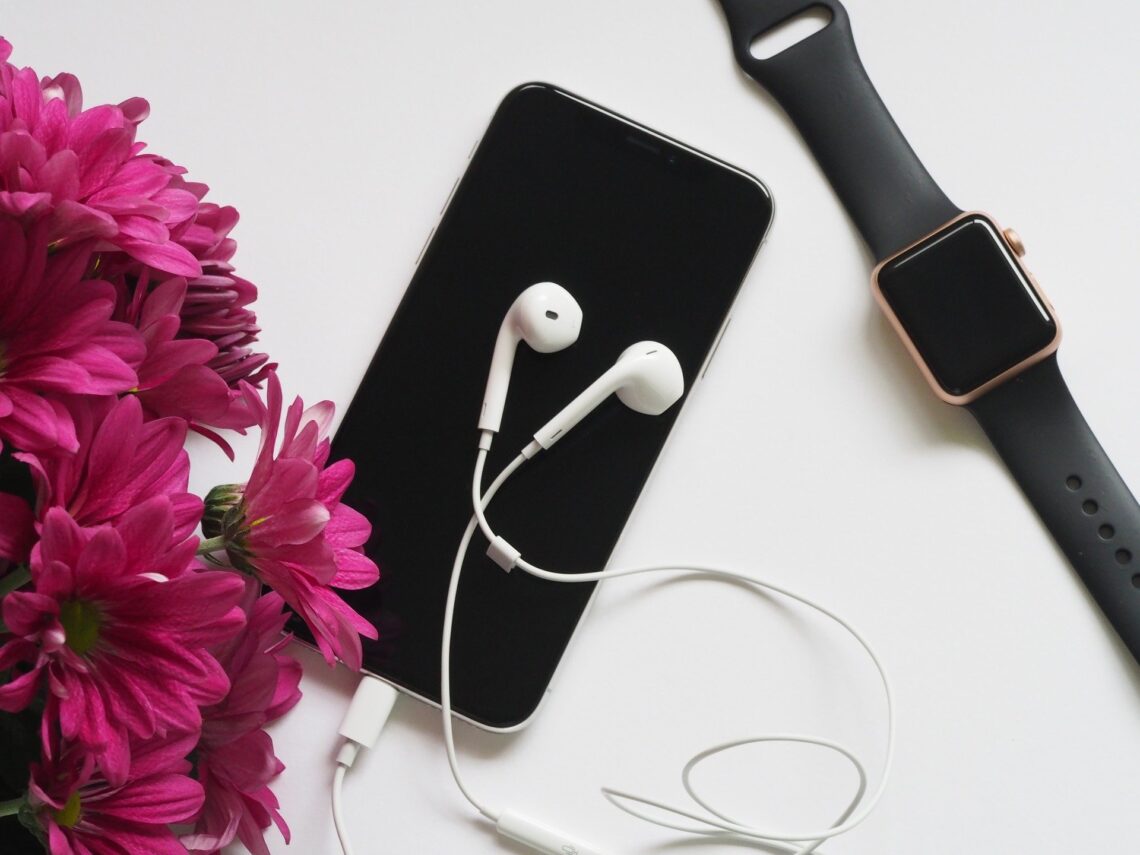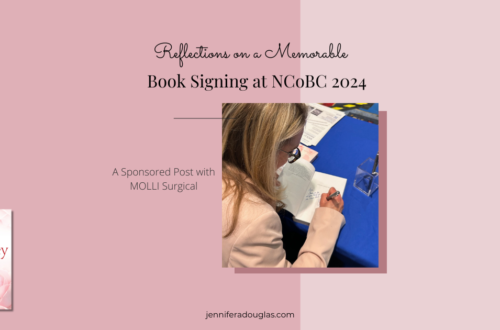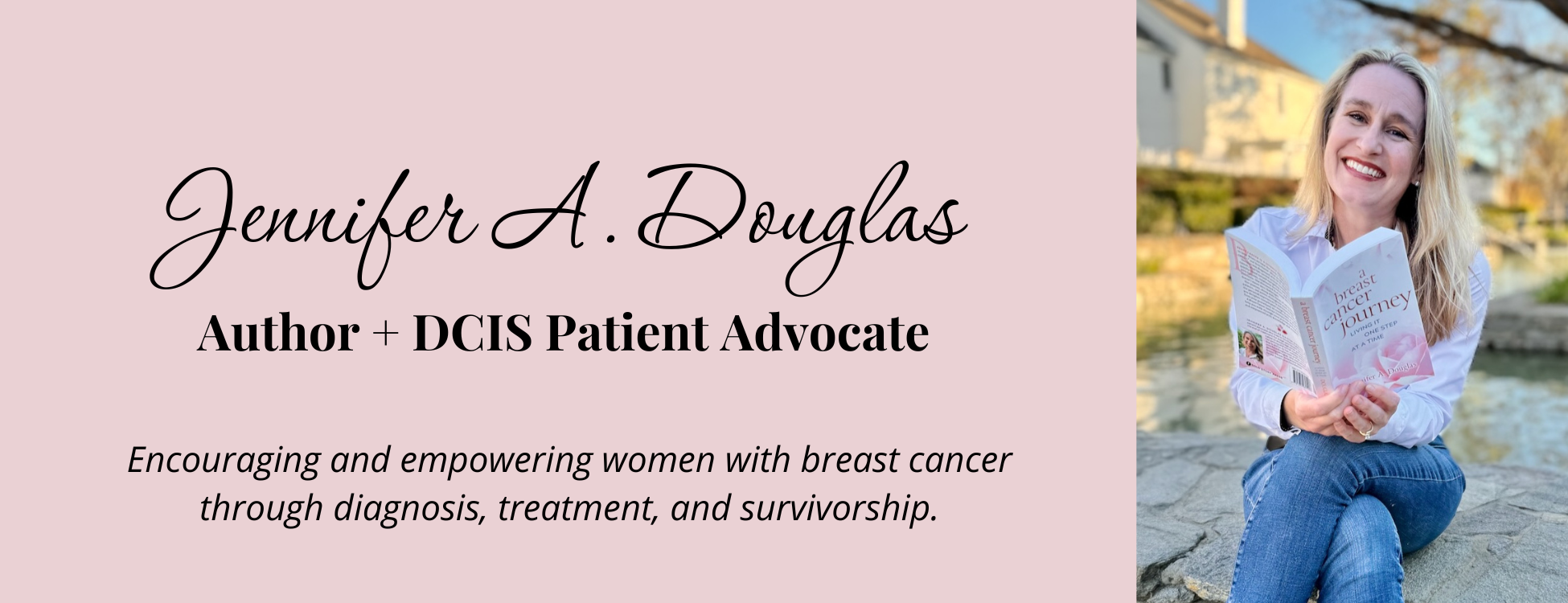
AppleWatch and Breast Cancer- How I Used my AppleWatch to Monitor my Recovery
Throughout my breast cancer diagnosis and treatment, I used my AppleWatch to keep an eye on my physical recovery. It was a very useful tool to help me monitor my activity, my heart rate, and my general stress level. It was a constant companion that would give me important insights into how my recovery from treatment was going. I also used it to support my mental well-being during my treatments.
Please Note: I am not a Healthcare Provider. Please read and understand my disclaimer and follow the instructions of your healthcare team.
I Love My AppleWatch
I absolutely love my AppleWatch! I have been an AppleWatch customer since the first AppleWatch in 2015. I have had a few AppleWatches so far. I will replace my watches when the batteries no longer get me through the day, or when the new features make it compelling to upgrade. I am currently wearing an AppleWatch 5 that I got last year.
I love using the AppleWatch to tell time, see my calendar, read my text messages, and unlock my front door. When I go for walks I can leave my phone at home because the cellular version allows me to stay connected.
The AppleWatch is so much more than an extension of an iPhone. This device has the ability to give me important insights into my health. It can monitor my heart rate, tell me if I have gotten up the past hour to walk around, and also take an EKG.
These health monitoring features were really useful as I was undergoing breast cancer diagnosis and treatment in fall of 2019. I was able to connect the physical sensations of exhaustion I felt after going for a walk with a walking heart rate. I had data that would allow me to better understand the toll that diagnosis and treatment was taking on my body. I also could monitor my recovery by using the data in the Health App.
Heart Rate Monitor
AppleWatch consistently monitors my heart rate. When I am running a workout it turns the heart rate sensor on and provides real-time feedback that I can see right on my wrist. It also sporadically monitors my heart rate throughout the day, even when I’m not running a workout. With that data, it provides me with two important pieces of information.
Resting Heart Rate: The Apple Watch will tell me what my resting heart rate is every day. For me, this usually ranges from 65-72 Beats Per minute. After wearing an AppleWatch for nearly 5 years, I have noticed some patterns with my resting heart rate. On days that I am feeling more relaxed, I find that my resting heart rate is in the 60s. When I have had lots of coffee, or I’m stressed out, my resting heart rate is higher.
Walking Heart Rate: AppleWatch keeps track of my walking throughout the day and then aggregates a walking heart rate for me each day. When I am in better shape, my walking heart rate is a little lower.
Heart Rate During Treatment and Recovery
I noticed a few things during my cancer treatment concerning my heart rate.
- Heart rate during walking: When I was doing my daily walks, I kept an eye on my heart rate. I noticed that if I walked too fast, my heart rate would spike. This was usually accompanied by me being short of breath and not feeling good. I would slow down, and my heart rate would go back into the normal range for me when I was walking.
- Heart Rate in the Doctor’s office: Another thing I noticed was that my heart rate would rise when I was heading into my cancer appointments. I remember feeling anxious during those appointments, and my heart rate would usually reflect that.
It was helpful to have access to the heart rate data during my treatment and recovery because I was able to make sure that I wasn’t pushing myself too hard during my walks.
Stand Notifications:
One of the things that my nurses made sure to warn me about before I left the hospital after my lumpectomy was that I needed to be aware of the danger of blood clots after surgery. They advised me that I needed to get up a little bit every hour and walk around.
The AppleWatch already reminds me to get up every hour! I didn’t need to do anything special to make sure that I got up. I made sure to listen to the stand reminders each hour and then I would get up and walk around my bedroom until the notification went off on my wrist.
It was useful to have the Stand Reminders active so that I got up when I needed to.
Fall Detection
The hospital made sure to advise us about the increased fall risk that I would have after surgery. For the first few days after surgery, I made sure to ask for help when I got up, and especially when I went down the stairs. Thankfully, I didn’t have a fall event as I was recovering.
One of the health features that AppleWatch has is the ability to monitor the wearer for a fall. If you go into the settings of your AppleWatch and tap on the SOS section, you can turn on fall detection. AppleWatch will then tap your wrist if it thinks that you have fallen. If you don’t respond, it can notify your emergency contacts and call emergency services for you. I took a lot of peace from this feature as I was recovering. I knew that if I fell, help would be on its way.
Water-Resistant
The AppleWatch can be worn underwater safely for a period of time. This is great for swimming workouts. It is also great during surgical recovery.
When I got my biopsies, and also when I was recovering from surgery, I would wear my AppleWatch with me in the shower. This was not so that I could check the latest tweets!
I wore it so that it would monitor me for falls, and also give me the ability to call a family member if I needed help. The AppleWatch allowed me to shower independently, but also have a safety net in case something went wrong.
Breathe App- Mental Well-Being
There were many points in time during my diagnosis and treatment when I was anxious. This happened quite a bit during my imaging and biopsies. As a part of my preparation for the scans, I would put my belongings, including my phone, in a locker. Then I would sit in my radiology robe and wait.
There was a lot of time waiting where I could work myself up with anxiety.
Thankfully, I had a tool right on my wrist which could help me calm down. I could start a “Breathe” session right on my watch and use the tool to lower my anxiety. Focusing on my breathing allowed me to settle down during the waiting time.
Connection with Others
Since I had to put my phone away in the locker during many of my appointments, I couldn’t use it to connect with my family to let them know how things were going. For many appointments, I would put my phone on Do Not Disturb.
But sometimes, it was useful to send a quick message to Dave when the treatment was running late. I would use the dictation feature on my Cellular AppleWatch and be able to send him a quick message. It was really useful for quick communication.
Music
I had a lot of trouble with anxiety doing my radiation treatments. After the first session, I decided to take the advice of the techs and bring my AirPods. I loaded some music onto my apple watch, and then I connected my AirPods. It was great to be able to bring the music with me into the treatments. Having the music to listen to allowed me to be less anxious and panicked during my radiation treatments.
Cycle Tracking
It seems like every doctor would ask me when the first date of my last period was. It was an important data point that I didn’t keep in my head. I use the AppleHealth Cycle Tracking feature to log my periods and my symptoms. I’m able to quickly pull up the date of my last period by checking the app on my watch. It is so much easier than pulling my phone out of my purse, especially if my purse is in a locker!
Hand Washing
This is a new feature that wasn’t available during my cancer treatment but has been really useful to me lately. AppleWatch can detect when I’m washing my hands, and it automatically starts a 20-second timer when it hears the water running. If I don’t scrub for 20 seconds it will notify me, and then I can go back and finish washing. I have found out that I don’t wash my hands well enough regularly. I really have appreciated the handwashing feature because it is training me to take the time to really get my hands clean.
Heart Rate Notifications:
Apple has integrated the ability to notify us if our heart rate is high, low, or irregular. Since we are wearing it all the time, it is an always-on monitor for our cardiac health. It can’t detect heart attacks, but it does allow us to monitor our heart health.
I have had a few experiences where I haven’t felt well, and then I will get a notification on my wrist that my heart rate has spiked when I’m not moving around. I have had this notification occur two times in situations when I felt like I might pass out.
One of those was when I was standing up and participating in a prayer circle. I began to feel dizzy and unwell, and then the notification on my wrist went off. I was able to sit down and take a few moments to let my heart rate get back to normal. I had something to drink and then kept an eye on my heart rate for a little while. I’m grateful for the notifications because they have allowed me to be more aware of the connection that my heart rate has to how I’m feeling.
Apple continues to improve the health data that is available on the AppleWatch with every new version. Here is a little information about what features are available in each version of AppleWatch.
https://www.apple.com/watch/compare/
I’m grateful for the information AppleWatch provides me about my overall health. I understand so much more about the dynamics of recovery because I have more information available. When I’m not feeling well, I can take a look at my heart rate and see what is going on. If I am anxiously waiting for an appointment, I can do a quick Breathe session. The AppleWatch has helped me keep an eye on my physical and mental well being throughout my breast cancer treatment and recovery.
Jennifer Douglas
Jennifer Douglas is an author, patient advocate, and DCIS breast cancer survivor. After navigating her own breast cancer journey in 2019, she began writing and encouraging others who were newly diagnosed. Her resources include her book, "A Breast Cancer Journey: Living It One Step at a Time," and her online support course, "Encourage: Breast Cancer and Beyond." Jennifer also actively supports patients through her online presence and direct involvement in communities and support groups, offering guidance and encouragement every step of the way.


You May Also Like

Reflections on a Memorable Book Signing at NCoBC 2024
April 26, 2024
How I Found the Right Breast Cancer Doctors For Me
March 29, 2024
